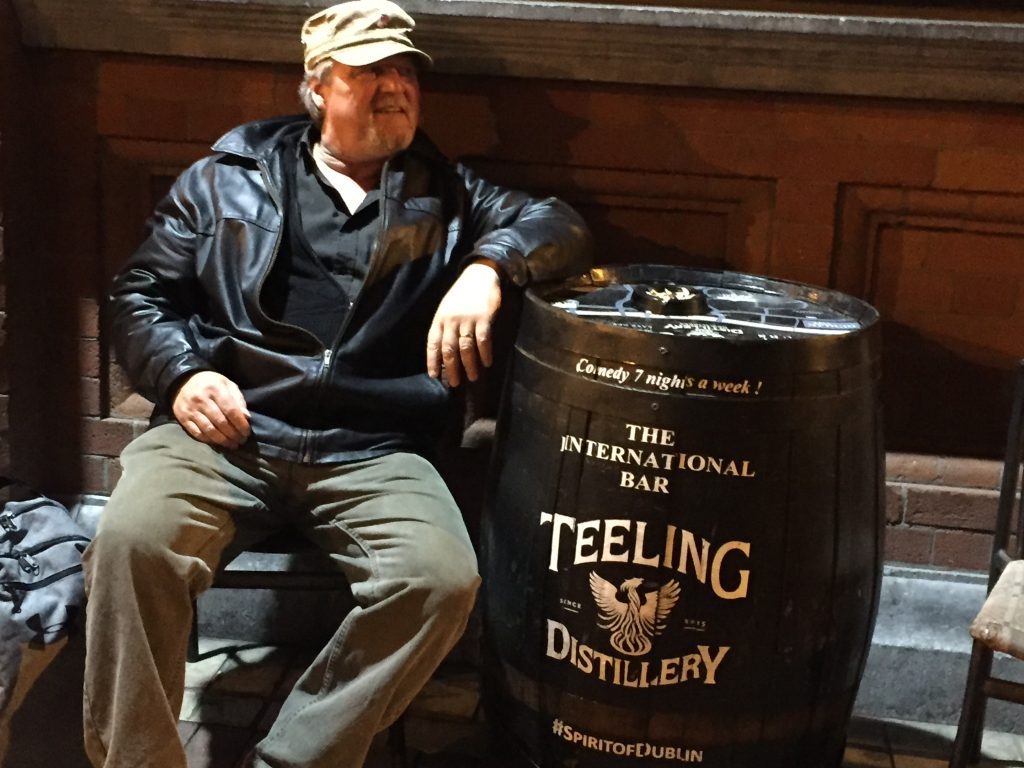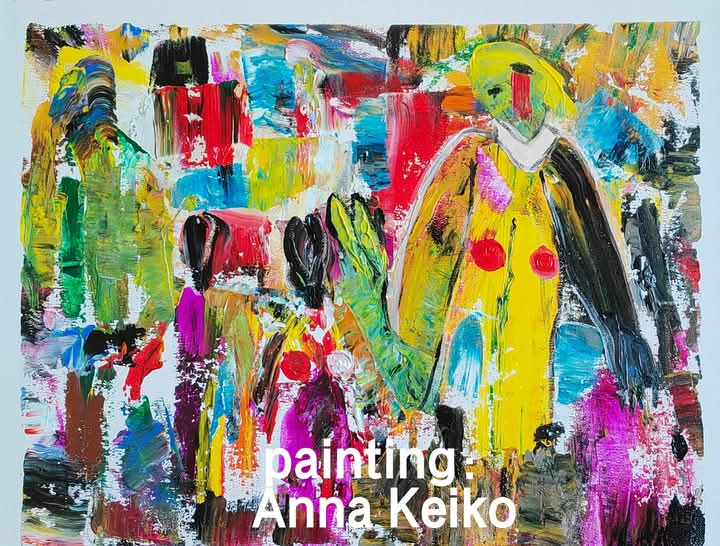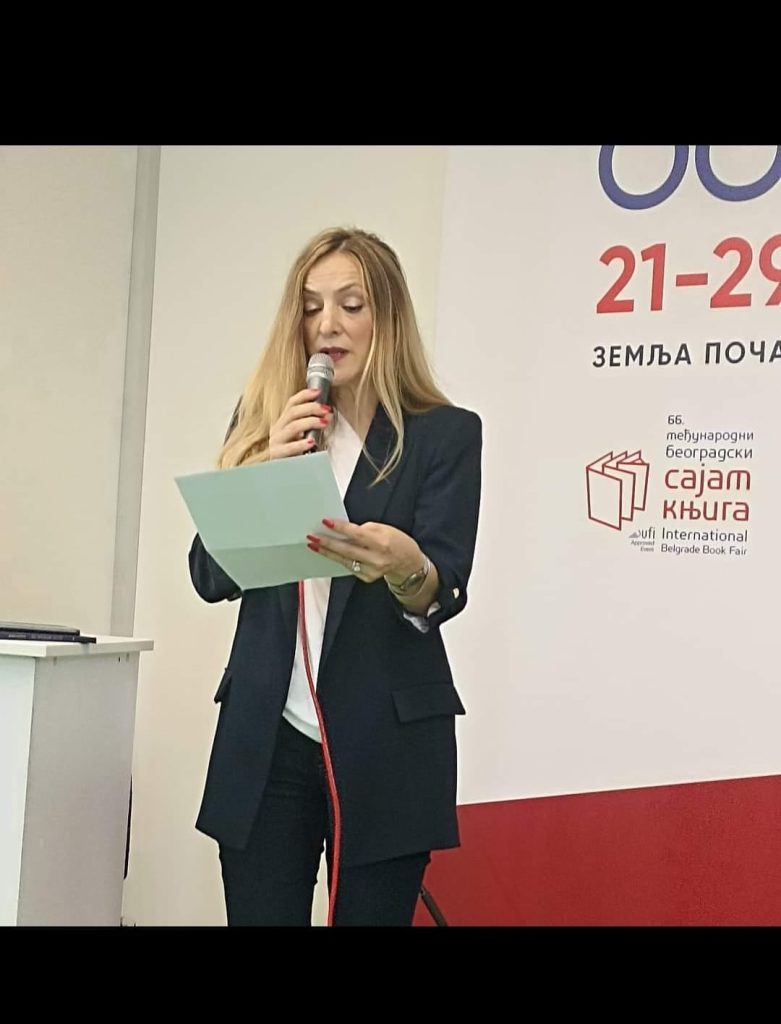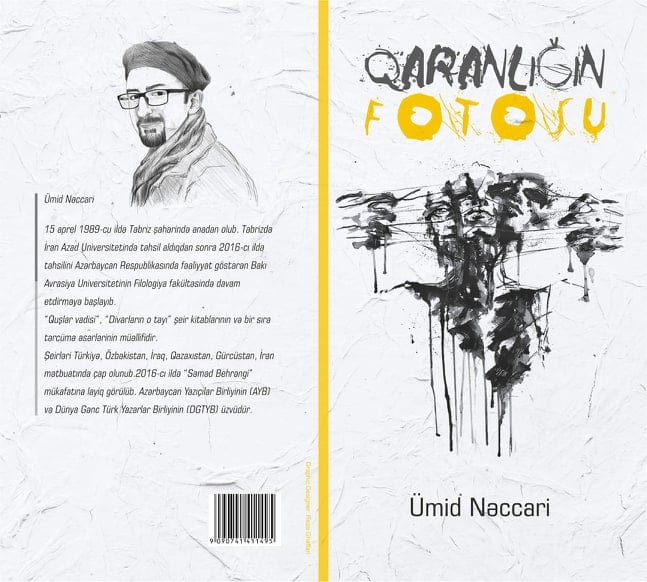Memory Show
Characters:
Willa
Justin
Amelia
Male Chorus
Female Chorus
Note: Chorus roles can be divided between one or two males and one or two females.
Willa: (To audience) It was my first solo art show. I was the low man on the totem poll, so they gave me a Tuesday. The budget was small but at least I got to choose the food myself. I tried to pack as much symbolism into the hors d’oeuvres as possible.
Justin: (To audience) It was my wife who found the invitation to Willa’s art show, delivered to our home. My wife who booked the plane and the hotel.
Chorus/Wife: You haven’t seen this woman since what, high school? She always sends us thoughtful presents on Madelyn’s birthday. You’re going, game over. Wife wins fight before fight happens.
Justin: (Sigh) Yes Hon.
(to audience) Suddenly I found myself in a small downtown New York gallery, wondering exactly how I’d gotten there.
Willa: (To Justin) You want to know how you got here? How both of us did?
Justin: Um….(Implied: No, but you’re about to tell me anyway)
Willa: Justin and I—(points to him) That guy— began our adventure, winding slowly toward friendship, immediately following high school English class.
Justin: Ah, here we go. This memory.
Chorus/Teenage Willa: Hi, Justin.
Chorus/Teenage Justin: Hi…(searching for her name) Willa.
Chorus/Teenage Willa: May I speak to you?
Justin: (To Willa) Why would you ask such a silly question? We were already speaking!
Willa: Shhh. Let us talk! I mean, let teenage us talk!
Chorus/Teenage Justin: …Yes?
Chorus/Teenage Willa: I would very much like to be your friend.
Justin: (To Willa) We were about to end junior year. The timing, much like you, was odd.
Willa: I know, right? And I knew it then, too.
Chorus/Teenage Willa: I know we don’t have unlimited time.
Willa: See? I’m a genius!
Justin: Yeah yeah, be quiet. Let yourself talk.
Chorus/Teenage Willa: I was thinking…can we please spend the summer getting to know each other? And also, I’m not asking you out.
Justin: Were you reading my mind?
Willa: Sort of. I was reading your face. I’m a visual artist. That which makes me crazy also makes me psychic.
Justin: This is getting confusing, this memory within a memory. I’m no longer sure to whom it belongs. Which one of us is speaking?
Willa: Oh. Right. (To audience) He wrote down his number and gave it to me.
Chorus/Teenage Justin: I’m pretty busy this summer. But we can hang out a few times, sure.
Justin: I thought, maybe she won’t pursue this. Maybe this will just be one of those things that are hinted at, but ultimately come to nothing.
Willa: Yeah right. As if I wouldn’t spend the next decade-plus pursuing you….
Justin: Pursuing me…
Chorus/Teenage Willa: Pursuing….
Chorus/Teenage Justin: Me…
Willa: But your friendship only, nothing more than that. “Nothing more than that,” what a silly phrase, as if friendship alone weren’t worth the world entire.
Justin: And now I’m here. At your art show.
Willa: Yes, and I’m glowing. For so many reasons. (pause) No, not that. Although I suppose I am pregnant in a way….pregnant with the origins of creation.
Justin: Before you go on one of your artsy abstract meta-rants…
Willa: (to audience) Oh man, he knows me so well!
Justin: Let’s center ourselves. At your art show—which my wife made me attend—could you tell how guilty I felt?
Willa: No, I figured you were just uncomfortable for the usual reasons. Unless I’m engaged or married to you, I tend to have that effect of men. (To Chorus/Husband) I love you, Baby! Thanks for putting up with me!
Chorus/Husband: Don’t mention it.
Justin: It wasn’t you. I mean it was, but…I should have invited you to my wedding. I should have sent you a picture of Madelyn before she was a year old.
Willa: I’m not angry. I love you. I’m so glad you’re here. Listen to me, I, I, I, it’s all about me, god, artists are insufferable. Oooh, wine!
Justin: (To audience) And that’s when things begin to get weird.
Willa: “Begin to”…I’m sorry, are we still sharing the same memory?
Justin: Go away.
Willa: What?
Justin: You aren’t here for this. You and your husband—
Willa: Fiancé, at this point.
Justin: You and Theodor are in the corner drinking wine and having some dorky conversation at this point.
Willa: …Yup, that sounds like my relationship. Excuse me. (Goes to Husband/Chorus)
(Amelia enters)
Amelia: Justin?
Justin: Yes, how did you know? Are all the people at this art show obsessed me with me? (to audience) I don’t think I said that last part aloud. I really, really hope I didn’t.
Amelia: I recognized you from Willa’s portrait of you. It’s iconic, in its own right. One of her best, I would say.
Justin: Oh. Right. (To audience) Well good, then. That’s only mildly unsettling. (To Amelia) And your name is?
Amelia: Amelia Valeri.
Justin: I’ve heard of you.
(To audience)
Willa’s best friend from college. I’ve heard way too much about Amelia. And seeing her now, for the first time, there’s nothing wrong with this woman. But it was disconcerting to see, in person, someone Willa described as a saint, an angel, a goddess, her soul mate. I never imagined Amelia having actual human hair. It’s…shiny.
(To Amelia)
Don’t you and Willa sometimes chastely kiss? How could anyone kiss you and keep it chaste? You’re carnality embodied. And yet you’re…Metaphysically ethereal? Your sweat must be nectar. But harder, human. Flesh against mine is alchemy, branch against branch, we’ll make fire.
(To Willa)
Great, now I’m starting to sound like you.
Willa: Sorry.
Justin: (To audience)
No. I’m only ethereally attracted to Amelia. That’s all. She’s a painting I’m looking at too hard and my focus gets distorted. It has nothing to do with sex, I mean gender, I mean the sexuality of our genders. God, what is this, my first ever epileptic seizure?
Willa: They don’t make you so articulate.
Justin: Go back to talking to your husband.
Willa: You’re the boss. It’s only my art showing, but whatever.
Justin: Let me kiss you. Just once. Ten feet away from Willa, from her paintings, the hors d’oeuvres, and most importantly, miles away from my wife and daughter, in this safe space that can never actually exist.
Amelia: Sure, whatever, I’m like a gin and tonic past finding this weird. (They kiss, passionately)
Justin: Um….I have to go now. Willa, can you take over for awhile?
Willa: Dude, no problem, I got this.
Justin steps back into the Chorus area. Willa replaces him.
Willa: So?
Amelia: So what?
Willa: Justin! I can’t believe he came!
Amelia: Oh. Him.
Willa: Yeah. It’s seriously, I just, it’s, you know, it’s a dream come true, you two meeting.
Amelia: What a boring dream. Aim higher. Really, Willa, you have no ambition.
Willa: ….You know this is my art show, right? In New York? (pause) City?
Amelia: Certainly I do. I helped you pick the wine. Speaking of which….
(she walks back to the chorus)
Willa: (calling after her, desperately) I love you, Amelia!
(To audience) I did. And I do. There is no beginning of the end. The end has many beginnings. In hindsight, that might have been one of them. Either way, even now, it stings.
Justin: (Joining her)
I know, Willa. God. I know. (They embrace)
Willa: (still in his arms) You did not embrace me then. Not until my wedding.
Justin: I couldn’t. I was too self-conscious about the erection I’m not entirely sure I had. Bad enough as a metaphor, but god forbid you’d think it was for you.
Willa: I wouldn’t have. I knew better than that. (pause) Why didn’t you tell me?
Justin: Tell you?
Willa: That you were in love with Amelia? After knowing her a minute? It took me a full five minutes to fall so deeply in love with her. I’m impressed with how quickly you caught on.
Justin: (horrified and impressed) My god, how did you…
Willa: Since we were sixteen or seventeen, whenever we’re in the same room, I’m aware of your motion. Attuned to your heartbeat, almost.
Justin: Oh. That’s not at all disturbing.
Willa: I know, right? Sorry. I feel your emotions but I’m still oblivious to sarcasm.
Pause
Justin: I didn’t tell you, because I guess I knew how happy you’d be. And I wasn’t…ready for intimacy on that level. Not with you.
Willa: I get it, Justin. I really do. (To Justin and audience) There is an odd, distinct sorrow that accompanies the best day of your life.
My two greatest non-sexual muses, one from high school, one from college, under the same roof in a room filled with art! My art! That’ll scratch the ego’s g spot.
Chorus/Husband: (Jokingly, deadpan) You know I’m standing right here.
Willa: Quiet Theodor, being my husband doesn’t give you the right to critique my inner monologue.
Chorus/Husband: Oh my sweet baby. Read the fine print.
Willa: OK moving on. Anyway, there’s a paradox to the best day of your life. It casts a shadow, it haunts you. My wedding, in contrast to my first showing, was painted in pastels. Lovely, of course, but the climax had passed.
(Lights change slightly. Chorus and Amelia fade into background.)
Justin: I never kissed Amelia. I called my wife instead. I listened to my daughter breathe, and in doing so remembered to breathe myself.
Willa: When you came to my wedding, did you think Amelia would be there?
Justin: I did not for a moment doubt it.
Willa: Our Amelia was alive when I took my vows. She had six months left before…well, before things got bad.
Justin: Do you think that we’re glamorizing her?
Willa: Oh, certainly. That’s what living people do.
Justin: Why do I love a woman I met once, briefly? In what world does that make sense?
Willa: I’m an artist, don’t ask me for logic.
Justin: I didn’t know her.
Willa: Did you cheat on your wife?
Justin: No, and now I never will. I mean…I never would have…Fuck me, life is complicated!
Willa: Aw, baby, I’ve been saying that for years.
Justin: Did you just call me baby?
Willa: Yes, but I meant it non-sexually. I call everybody baby, or sugarcrotch, don’t overthink it. Kidding.
Justin: (pause) Yeah so life is complicated. I love my wife, but the memory of kissing my friend’s friend haunts and warms me as if it were real.
Willa: But we are friends. And you came to my wedding. And my showing.
Justin: That part, yes. That part is real.
Willa: And at the day of my showing, my happiest day….
Justin: I remember where all your art was on the wall…my visual memory’s not usually so precise…
Willa: I clasped your hand between mine and said….
Justin: Willa. It took me almost a decade to be comfortable saying your name.
Willa: …Justin.
Justin: I love my wife, my daughter, your dead friend, and you, in that order…
Willa: Justin! (Implied: Be quiet!)
Justin: What?
Willa: (Holding his hand) Thank you for coming.
END
Alaina Hammond is a poet, playwright, fiction writer, and visual artist. Her poems, plays, short stories, philosophical essays, paintings, drawings and photographs have been published both online and in print. Publications include Spinozablue, Third Wednesday Magazine, [Alternate Route], Paddler Press, Verse-Virtual, Macrame Literary Journal, Sublunary Review, Quail Bell Magazine, Superpresent, Clockwise Cat, Ranger Magazine, Fowl Feathered Review, The Ravens Perch, 10 By 10 Flash, Waffle Fried, House of Arcanum, Synchronized Chaos, Well Read Magazine, Hidden Peak Press, Third Street Review, and Litbop. @alainaheidelberger on Instagram. Playwright’s note: Memory show was first produced at Manhattan Repertory Theatre, January 2016. It starred Alaina Hammond as Willa, Michael Bordwell as Justin, London Griffith as Amelia/Female Chorus, and Dave Stishan as Male Chorus.
Playwright’s note: Memory show was first produced at Manhattan Repertory Theatre, January 2016. It starred Alaina Hammond as Willa, Michael Bordwell as Justin, London Griffith as Amelia/Female Chorus, and Dave Stishan as Male Chorus.






